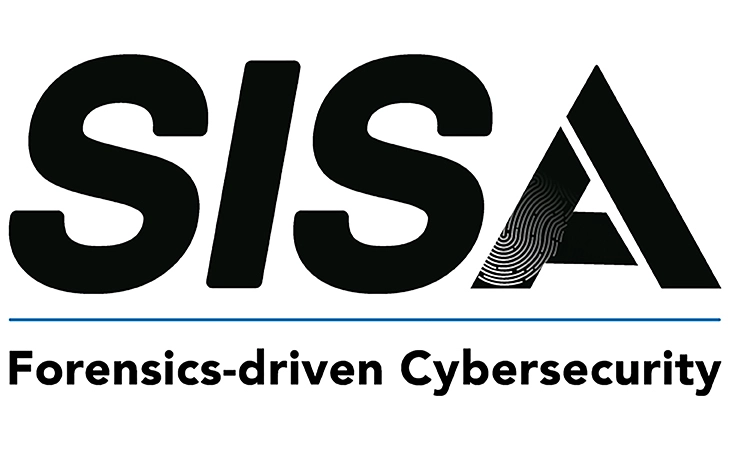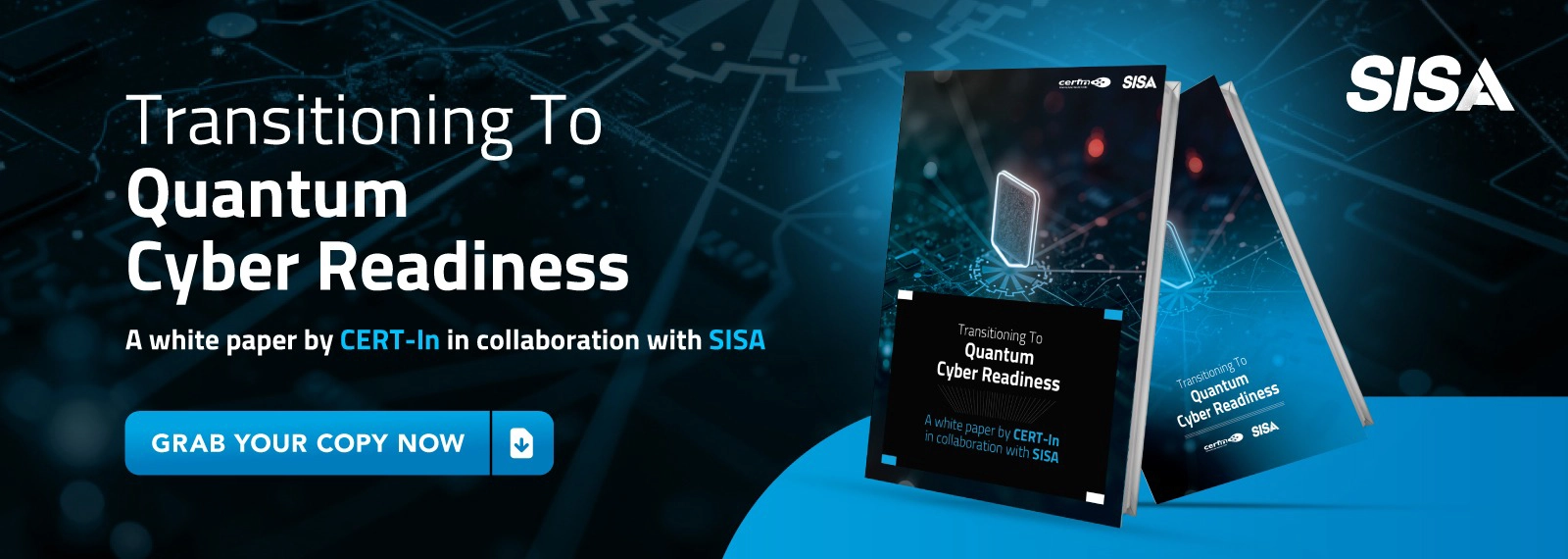
PCI DSS Training For Organizations: Do You Need It For Your Team?
PCI DSS training has become one of the most critical investments for organizations that handle payment card data, not just because it is a compliance requirement but because it shapes how employees think and act when dealing with sensitive information. Payment card fraud and data breaches are constantly evolving, and while technical safeguards remain essential, the biggest risks often come from human error. Training employees on PCI DSS awareness ensures that security practices are not just written in manuals but are lived out in everyday operations.
The Payment Card Industry Security Standards Council (PCI SSC) itself recognizes the importance of training by offering a range of corporate group training options. These programs include everything from basic awareness to advanced qualifications such as Internal Security Assessor (ISA) training or the PCI Professional (PCIP) credential. For organizations that need to scale awareness across teams, there are entry-level courses designed to give employees the fundamentals of PCI DSS, helping them recognize cardholder data, understand its value, and protect it from unnecessary exposure. At the same time, more advanced technical roles can benefit from in-depth programs that walk through requirements, testing procedures, and reporting obligations. By giving employees knowledge at the level they need, businesses create a layered defense against compliance gaps and potential security incidents.
One of the main considerations organizations face is whether to opt for free training options or invest in paid, structured programs. Free PCI training often comes in the form of generic awareness modules that provide a surface-level understanding of PCI DSS requirements. These are useful for giving employees a high-level view of what PCI compliance means, what constitutes cardholder data, and why careless practices—such as writing down CVVs or ignoring updates—can expose an organization to risk. However, the limitation is that free training usually lacks role-specific depth, is not always updated when PCI DSS versions change, and often comes without any form of certification. Paid PCI training, on the other hand, is structured, frequently updated, and may provide practical scenarios, interactive exercises, or even hands-on labs. It is more costly, but the investment pays off by reducing audit failures, strengthening compliance posture, and equipping employees with actionable skills. The decision between free and paid training ultimately comes down to business size, data handling responsibilities, regulatory oversight, and budget, but most experts argue that combining both approaches—awareness for all, advanced training for key staff—strikes the right balance.
The rationale for PCI DSS training goes far beyond simply checking a compliance box. Employees are at the front line of handling sensitive cardholder data, and without proper awareness, they can unintentionally become the weakest link in the security chain. Traliant highlights four major reasons why employees need PCI DSS compliance training: reducing the risk of data breaches and fraud, avoiding costly penalties and reputational damage, meeting compliance requirements, and creating a culture of security. EasyLlama further emphasizes that training strengthens compliance by making sure employees know their responsibilities, helps protect customer data by preventing mishandling of sensitive authentication details, and improves overall organizational resilience by embedding security habits into daily work. In simple terms, training makes compliance practical, not just theoretical.
Another dimension is the formal requirement within PCI DSS itself. Under requirement 12.6, organizations must implement a comprehensive security awareness program. This includes training all staff upon hire and at least annually, covering topics such as phishing threats, acceptable use of technology, and protection of cardholder data. Organizations are expected to update this awareness content regularly, track participation, and ensure employees acknowledge that they have understood and will follow the security policies. Failing to maintain such a program can result in audit findings and compliance gaps even if technical safeguards are strong. Effective awareness programs also use multiple methods—training sessions, newsletters, quizzes, posters, and even simulated phishing campaigns—to keep security top of mind. IT Governance notes that one of the most common mistakes companies make is treating staff awareness as a “one-time” exercise instead of an ongoing initiative. Just as cyber threats evolve, awareness programs need to adapt and grow.
When choosing the right training model, organizations should also consider the nature of their teams and business operations. For large groups, corporate training options from the PCI SSC provide scalable learning that can cover multiple roles at once, ensuring consistency across departments. For smaller companies, modular awareness courses may be enough to give employees baseline understanding, while select team members undergo more advanced training. Factors such as course duration, delivery method (eLearning, classroom, or hybrid), instructor qualifications, and cost will influence the decision. It is also worth factoring in how training outcomes are measured—tests, certifications, and tracked completion rates not only demonstrate compliance but help reinforce accountability.
Another overlooked benefit of PCI DSS training is that it strengthens trust with customers and partners. When employees understand how to handle cardholder data securely, organizations reduce the risk of accidental leaks, improve their readiness for audits, and demonstrate to stakeholders that data protection is taken seriously. This builds a reputation for reliability in an environment where a single breach can lead to both financial losses and lasting reputational damage. Training also empowers employees by giving them confidence in handling security tasks, making them less likely to ignore or work around security controls. Instead of viewing PCI DSS as a burden, employees can see how their role contributes to protecting customer trust and maintaining compliance.
Ultimately, effective PCI DSS training is not about choosing between free or paid courses but about designing a layered program that matches business needs. Free resources can help raise general awareness and introduce the basics of PCI compliance, while paid, specialized training ensures critical staff have the skills needed to implement, test, and maintain compliance frameworks. Organizations that take training seriously benefit from reduced risk, smoother audits, and stronger protection of cardholder data. PCI DSS is more than a standard—it is a living practice that requires every employee to understand and respect the value of the information they handle. By investing in meaningful training, businesses safeguard not only their compliance status but also their long-term trust and success in the marketplace.
Latest
Blogs
Whitepapers
Monthly Threat Brief
Customer Success Stories
 USA
USA India
India APAC
APAC Middle East
Middle East Global
Global






 Facebook
Facebook Linkedin
Linkedin  X
X Youtube
Youtube







